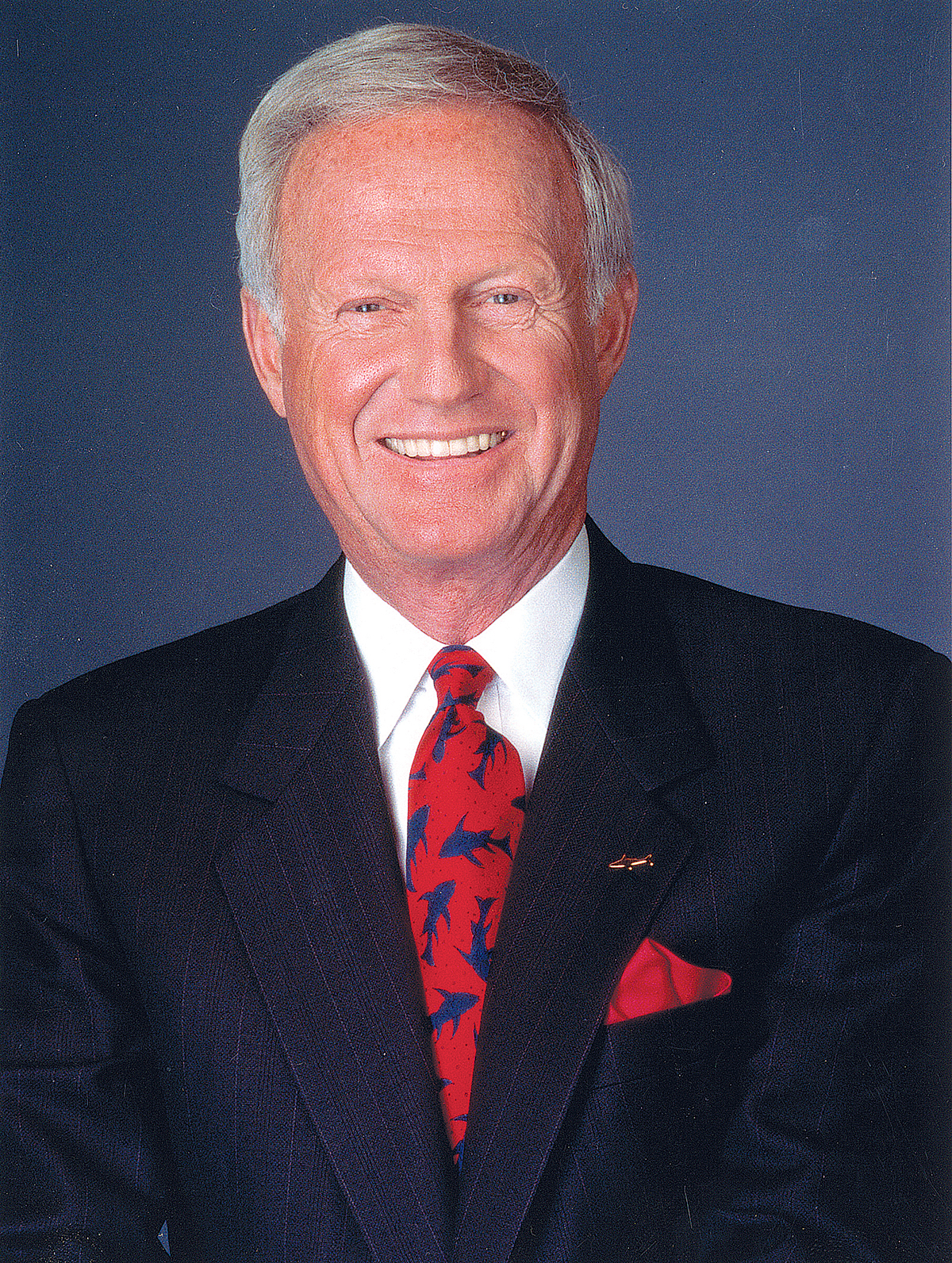A few weeks ago, daredevil Nik Wallenda walked untethered atop Orlando’s 400-foot-high Ferris wheel – as it was spinning. This is the same guy who traversed a tightrope stretched across the Grand Canyon, Niagara Falls and between two Chicago skyscrapers.
In an interview, he said he wants to be an inspiration for others. People don’t need to risk their lives, he clarified, but they should push themselves to do better and be greater.
One of the reasons we admire people who take risks is that most of us are scared stiff at the prospect of taking risks ourselves. “I could never do something like that,” we say. Sometimes it seems that the only people who can take risks successfully are the people who have nothing to lose.
Fortunately, most of us will never have to worry about taking monumental risks. Of course, we use that to downplay the importance of the risks we do face. If it’s not something that involves real, measurable danger – skydiving, for example – it’s clearly not important as far as risks go. What you really mean is that you think the fear you feel about your “small” risk is misplaced – an overreaction.
The same fear that keeps you from taking a tangible risk like skydiving can also keep you from seeking a promotion. It keeps you from going back to school to get your master’s degree, or taking a vacation without checking messages every 45 minutes.
You don’t call it fear, of course, but that’s what it is. It’s amazing how the human brain can be so effective at using circular reasoning and rationalization as a way to avoid taking action.
In short, playing it safe isn’t the way to get ahead. You’ve got to go out on a limb sometimes – but not so far that you fall off. Intelligent risk-taking involves these steps:
n Know your motivations. What do you really want to achieve? Why? Don’t take major chances on something you’re not enthusiastic about. You’ll work harder on goals that are important to you. Failure at something trivial may make you reluctant to try something really important to you.
n Define success at the start. Figure out what you want to achieve in specific, measurable terms. You don’t have to account for every variable, but you should have a solid idea of the results you’re looking for.
n Look at the best and worst outcomes. To evaluate risks and rewards, try to determine what the worst-case scenario would look like, whether the payoff is worth that risk and how you could prevent it from happening. Consider the best-case scenario as well: How will you recognize success? What will you do next? This helps you prepare for contingencies.
n Consider your timetable. Do you have to take this risk right now? How quickly do you need results? Don’t rush if you don’t have to. Breaking your plan down into individual segments can help you minimize risks and learn what’s needed to succeed.
n Focus on benefits, not dangers. Keep the hazards in mind, but don’t let them overwhelm you. Think about the potential outcome, and you’ll be able to stay the course even when the road gets rocky.
n Get started. You can make all the plans you want, but ultimately you have to take the leap. Don’t turn preparation into a full-time activity. Determine what you need to begin, and then do it. You’ll feel more energized when you’re in the midst of the struggle than when you’re just getting ready.
n Do what matters to you. Taking a risk to please or impress someone else will not produce the gratification or results that you had hoped for. What is important to Nik Wallenda is most likely not on your to-do list. n
Mackay’s Moral: No risk, no success. Know risk, know success.













